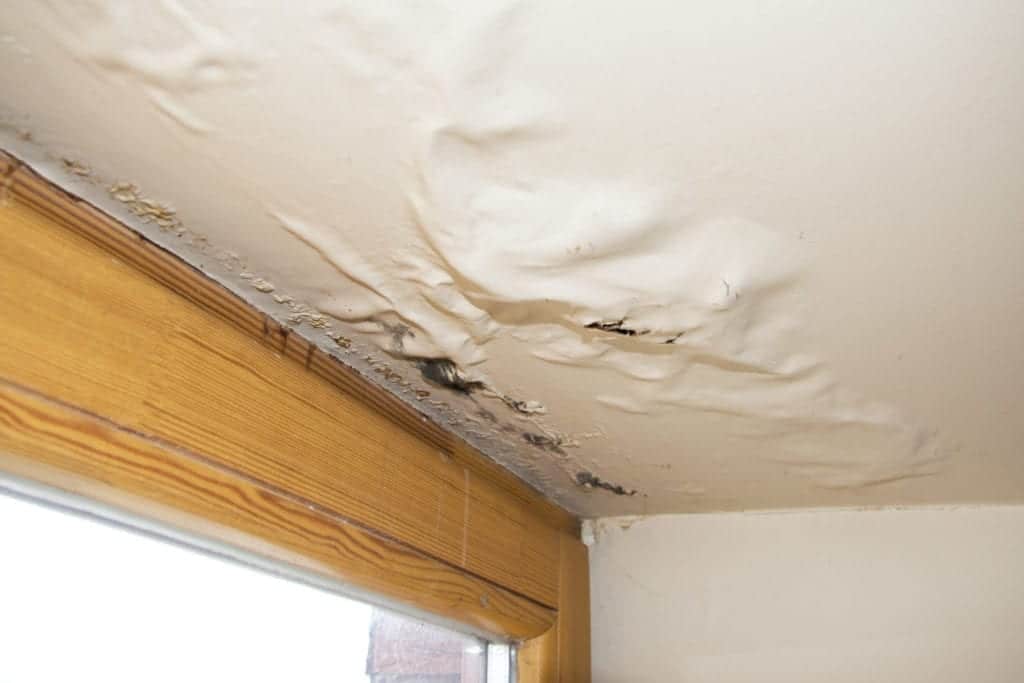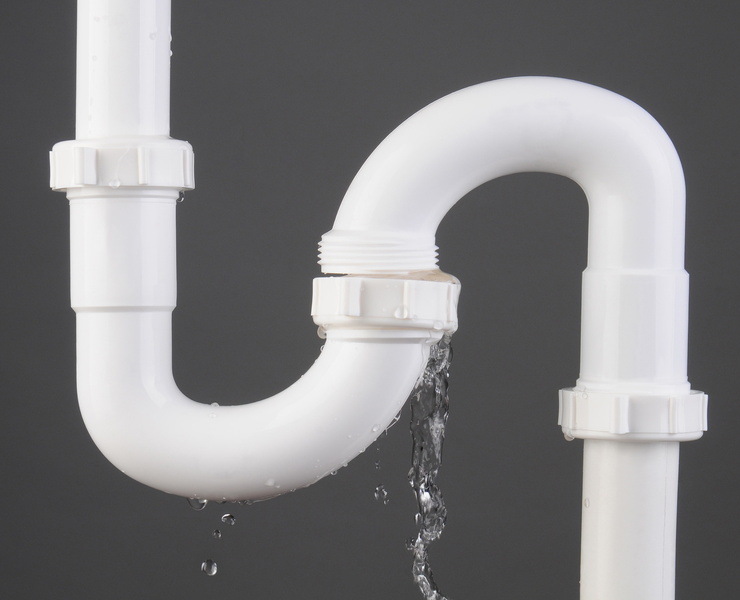Unmasking Concealed Water Line Leaks: 6 Effective Detection Hacks
Unmasking Concealed Water Line Leaks: 6 Effective Detection Hacks
Blog Article
How do you feel in relation to Leaking water lines?

Early detection of dripping water lines can mitigate a prospective disaster. Some small water leakages may not be noticeable.
1. Check Out the Water Meter
Every residence has a water meter. Examining it is a guaranteed way that aids you find leaks. For beginners, switch off all the water resources. Guarantee no person will flush, make use of the faucet, shower, run the cleaning equipment or dishwashing machine. From there, go to the meter and also watch if it will transform. Because no person is using it, there need to be no movements. That indicates a fast-moving leak if it moves. If you find no modifications, wait an hour or two and also examine back once again. This suggests you may have a slow-moving leakage that might even be below ground.
2. Inspect Water Usage
If you detect abrupt modifications, despite your consumption being the same, it suggests that you have leakages in your plumbing system. An unexpected spike in your expense indicates a fast-moving leakage.
Meanwhile, a steady rise on a monthly basis, even with the same habits, reveals you have a slow leakage that's also slowly rising. Call a plumber to extensively inspect your residential property, especially if you feel a cozy location on your flooring with piping underneath.
3. Do a Food Coloring Test
30% comes from bathrooms when it comes to water intake. Examination to see if they are running properly. Drop specks of food color in the storage tank as well as wait 10 mins. If the color somehow infiltrates your bowl during that time without flushing, there's a leakage between the container and also bowl.
4. Asses Outside Lines
Do not forget to examine your outdoor water lines too. Test spigots by connecting a garden pipe. Must water leak out of the link, you have a loose rubber gasket. Replace this and make certain all connections are tight. If you have actually obtained a sprinkler system, it will assist get it skillfully checked out and also kept annually. One tiny leak can waste tons of water as well as surge your water expense.
5. Check and also Analyze the Circumstance
Homeowners should make it a routine to check under the sink counters and even inside closets for any kind of bad odor or mold and mildew development. These 2 red flags indicate a leak so prompt interest is needed. Doing routine examinations, even bi-annually, can save you from a significant issue.
Check for discolorations and deteriorating as most home appliances as well as pipelines have a life expectations. If you believe leaking water lines in your plumbing system, don't wait for it to intensify.
Early detection of dripping water lines can alleviate a potential disaster. Some tiny water leaks might not be noticeable. Checking it is a surefire method that helps you find leaks. One little leak can squander bunches of water and surge your water costs.
If you think dripping water lines in your plumbing system, don't wait for it to intensify.
How to Know If Your Home Has a Hidden Leak
Water Meter Reveals Inexplicable Water Usage
If you’d like to test whether or not there’s a leak somewhere in your home, you can do this using your water meter. Here is how to conduct the test:
Don’t use any water in your home for at least 30 minutes; this also means not turning on faucets or water-using appliances.
Go outside, and check your water meter for activity.
If your water meter shows that there was activity, even though no one was using any water, this proves that there is a leak in your home.Visible Mold or Mildew Growth
Leaks behind walls create moist, dark environments that allow mold and mildew to grow and thrive. Eventually, you might see mold growth forming on the wall closest to a hidden leak.
If mold is growing in an area that receives a high amount of moisture, such as a bathroom, it may simply be an indication that better ventilation is needed. However, if you see mold growth on a wall or the ceiling in an area where you would not expect, you probably have a hidden leak.
Musty, Mildew Odor
Sometimes you might not be able to see the mold or mildew that is growing as a result of a leak. However, the smell can give the problem away just as easily. If you catch a whiff of something musty, there’s a good chance that old water is collecting somewhere in your home that you can’t see.
Stained/Warped Walls, Ceilings, or Floors
When your home soaks up water, a variety of red flags can become visible, including ceiling stains, bubbling drywall, warped walls, and sagging floors. While these issues can be caused by excess humidity, they can also be signs that a pipe or plumbing connection has started leaking behind your walls.
Inexplicably High Water Bill
After a while, you get a general sense for what your water bill should be. If you own a pool or sprinkler system, your bill will tend to be higher during summer. However, if you receive a water bill that seems especially high, and you can’t figure out what caused it, then you may have a hidden leak somewhere that’s increasing your bill.
https://www.plumbingjoint.com/blog/2019/july/how-to-know-if-your-home-has-a-hidden-leak/

Do you appreciate reading about Detecting hidden plumbing leaks? Make a review directly below. We'd be interested to know your views about this article. Hoping that you come back again later on. Those who appreciated our post if you please be sure to share it. I take joy in reading our article about Detecting hidden plumbing leaks.
Contact Us Now Report this page